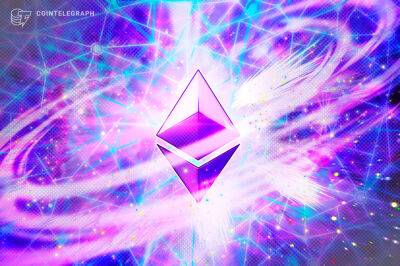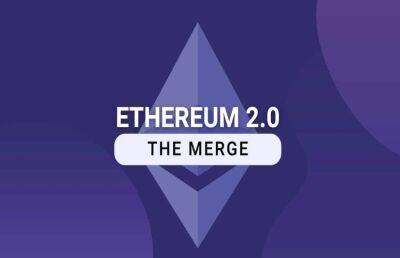How high transaction fees are being tackled in the blockchain ecosystem
High transaction fees have been a long recurring issue for users on popular blockchain networks like Ethereum and Bitcoin during periods of increased demand. However, there are protocols, platforms and methods that help users to reduce costs.
Transaction fees are fees that users pay to send a transaction or interact with a smart contract on a blockchain network. While gas fees can refer to transaction fees on any blockchain, the term is mainly used to describe the Ethereum network transaction fees.
Transaction fees are paid in small fractions of the network’s native cryptocurrency. For example, with Bitcoin (BTC), users will pay in Satoshi’s (very small fractions of BTC), and with Ether (ETH), they will pay in gwei.
There are two main reasons users need to pay fees when sending a transaction. The first reason is to pay miners or validators (also known as nodes) for securing the network. Proof-of-work (PoW) blockchains have miners who validate transactions by using their computing power to solve complex algorithms. In contrast, proof-of-stake (PoS) blockchains have validators who stake their tokens to secure the network.
In return for securing the network and ensuring that no fraudulent transactions are placed, these nodes are compensated with transaction fees on the blockchain. Network validators make it possible for the blockchain to operate in a decentralized manner without having to rely on centralized entities to ensure that no malicious activity takes place on the network.
The second reason users pay transaction fees is to enable the operation of smart contracts. Smart contracts are programs that automatically execute once certain conditions have been met. For example, a smart contract may be programmed to release
Read more on cointelegraph.com


 cointelegraph.com
cointelegraph.com



















